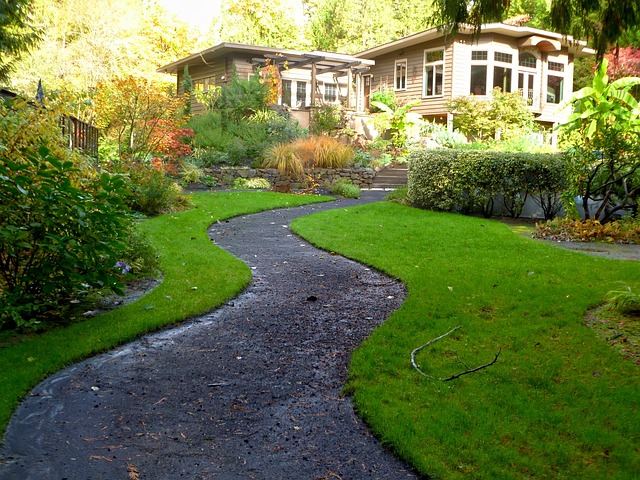Introduction
Garage door sensors play a crucial role in ensuring the safety and proper functioning of your garage door. These sensors are designed to detect any obstructions or objects in the path of the door, preventing accidents and damage. However, like any other electronic device, garage door sensors can sometimes encounter issues or malfunction. In this article, we will explore how to fix garage door sensors and restore their optimal functionality.
Common Issues with Garage Door Sensors
Before diving into the troubleshooting steps, it is important to understand the common issues that can arise with garage door sensors. Some of the most common problems include:
1. Misalignment: Over time, garage door sensors can become misaligned, causing them to lose their ability to detect obstacles accurately.
2. Dirty lenses: Dust, dirt, or debris can accumulate on the lenses of the sensors, obstructing their ability to function properly.
3. Faulty wiring: Loose or damaged wiring can disrupt the connection between the sensors and the garage door opener, leading to sensor malfunctions.
Steps to Fix Garage Door Sensors
Step 1: Inspect the sensors and check for misalignment
Start by visually inspecting the sensors. Ensure that both sensors are facing each other and are properly aligned. If you notice any misalignment, adjust the sensor brackets until they are in perfect alignment. Use a level to ensure accuracy.
Step 2: Clean the sensor lenses
If the sensors are properly aligned but still not functioning correctly, it may be due to dirty lenses. Gently clean the lenses using a soft cloth or a mild glass cleaner. Avoid using abrasive materials or harsh chemicals that could damage the lenses.
Step 3: Check the wiring
Inspect the wiring connections between the sensors and the garage door opener. Ensure that all wires are securely connected and that there are no loose or damaged wires. If you find any issues, repair or replace the wiring as necessary.
Step 4: Test the sensors
After performing the above steps, it’s time to test the sensors. Close the garage door and place an object, such as a box or a broom, in the path of the door. Try to close the door using the garage door opener. If the sensors are functioning correctly, the door should automatically reverse its movement when it detects the object.
Step 5: Adjust the sensor sensitivity
If the sensors are still not working properly, you may need to adjust their sensitivity. Most garage door openers have a sensitivity adjustment feature that allows you to increase or decrease the sensor’s sensitivity. Consult your garage door opener’s manual for specific instructions on how to adjust the sensitivity.
Conclusion
Garage door sensors are essential for the safe and efficient operation of your garage door. By following the steps outlined in this article, you can troubleshoot and fix common issues with garage door sensors. Remember to regularly inspect and maintain your garage door sensors to ensure their long-term functionality and safety.
References
– Chamberlain: www.chamberlain.com
– LiftMaster: www.liftmaster.com
– The Family Handyman: www.familyhandyman.com











